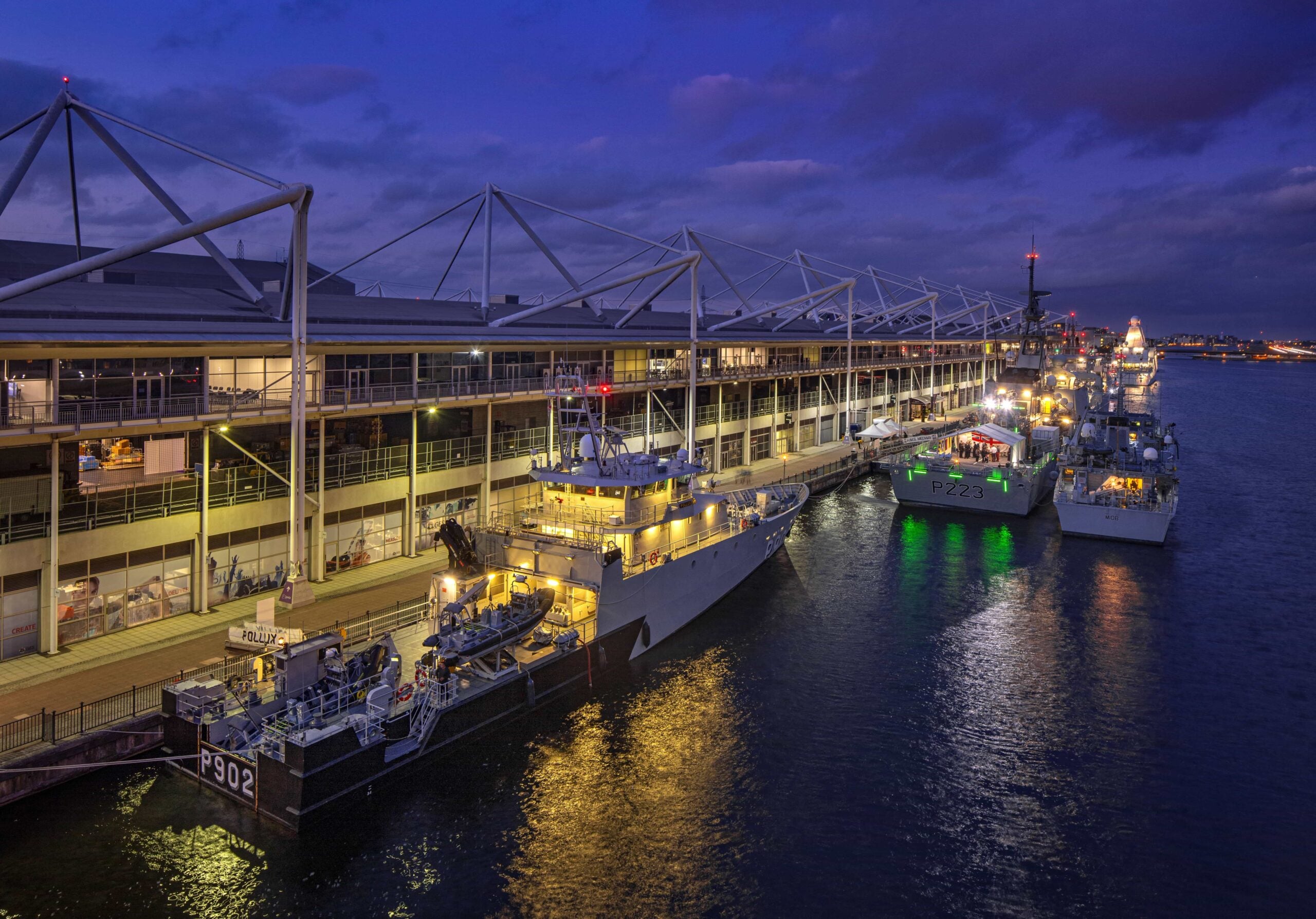
Answering a question from Army Technology, Defence Science Technology Laboratory (Dstl) Chief Executive Gary Aitkenhead, NATO Chief Scientist Dr Bryan Wells, and Fujitsu Programme Director Artificial Intelligence Dr David Snelling discussed the role of emerging technologies alongside existing systems and how the two can support each other.
Snelling said that the combination of emerging S&T and existing technology is ‘critical’. Adding that as tools like Artificial Intelligence becomes more prevalent, using them to solve simple existing challenges like processing large amounts of data will be the most pressing concern.
“The first thing is the combination is critical. And that will become more and more true as we do simple, simple things like applying artificial intelligence really needs to solve the data problem first. And so these things do have to be pulled together,” Snelling told the panel.
Snelling explained that in today’s apparent crossroads between conventional and emerging technology, we should be looking at how our existing systems could be used to better understand the technology that is being developed and is coming in the pipeline.
Aitkenhead added that the line between the two was not ‘black and white, old and new’ and that conventional capabilities are still seeing significant investment from the UK Armed Forces.
“We are in investing in military platforms that will be with us for the next 30 to 40 years, they have extremely advanced technology on them already today and they’ll continue to evolve and be upgraded with, again a mixture of conventional and new technologies.” Aitkenhead said, adding that he agreed ‘completely’ with the idea of a hybrid approach to the two.
Aitkenhead added that it was important to harness a mix of current off-the-shelf capabilities with developments coming ‘down the line’.
Commenting on data and achieving real ‘information advantage’ Aitkenhead added new technologies were not necessarily the answer, but rather the ‘application and integration of things we already know how to do’ was key.
Aitkenhead said: “There’s much that can be done and real, actual, significant breakthroughs that can come from the application and good execution around existing technologies. And then looking for where what I think new technologies enable you to make kind of a real step change or leapfrog or create something completely different than what you have today. In between, there’s pulling through those new technologies and combining them with the existing technology.
“So it’s much more blurred around the edges and much more, again, ‘complex’ – that word again – to figure out how to apply a combination of what we hope to do today and what may be just maturing and coming down the pipeline.”
Settling in for the @DSEI_event Defence Leaders Panel, should be a good discussion featuring @dstlmod, @NATO and @fujitsu_uk. Stay tuned for updates. pic.twitter.com/3KsWqsvyla
— Harry Lye (@harry_lye) July 16, 2020
The NATO perspective
Wells said that for NATO finding the correct balance between conventional forces and emerging science and technology was similar to finding the balance between the capabilities and force mix of member states.
Wells explained: “We are an alliance of 30 nations with diverse military capabilities. In Alliance operations, we are likely to have non-allied partners as well. The ability of different nations to come together with differing military capabilities, but still perform the same Alliance operation is absolutely vital for us. We do spend a lot of our time thinking about interoperability and standardisation.
“NATO has a very long history of working with the nations to produce standards to allow the allies and their partners to interoperate with each other.”
The NATO Science and Technology Office Wells said played an important role in this along with the nations themselves cooperating on the low technological readiness levels (TRL).
“If the nations cooperate at the low TRL levels under the NATO science and technology banner, then we can work at the very earliest stages to make sure we can be interoperable with the technologies that we are developing to make sure that the nations are comfortable with the way that they can interoperate with each Right down at the basic, low TRL level.
“So that as the technology matures and develops into fieldable capabilities, we’re already on the case in terms of interoperating,” Wells said.



